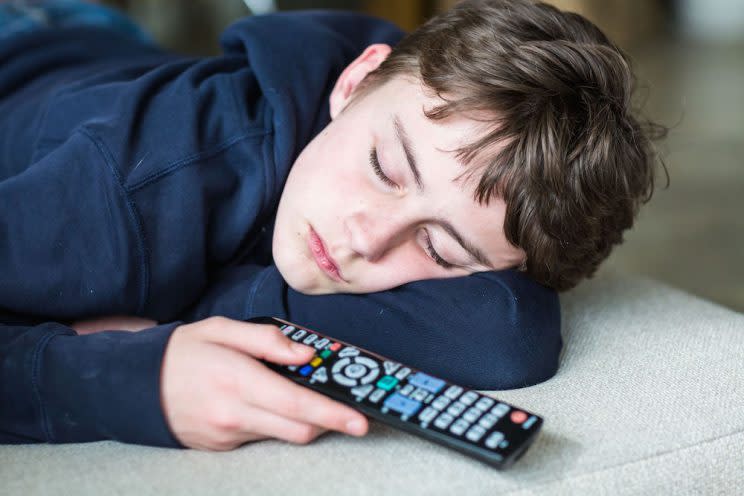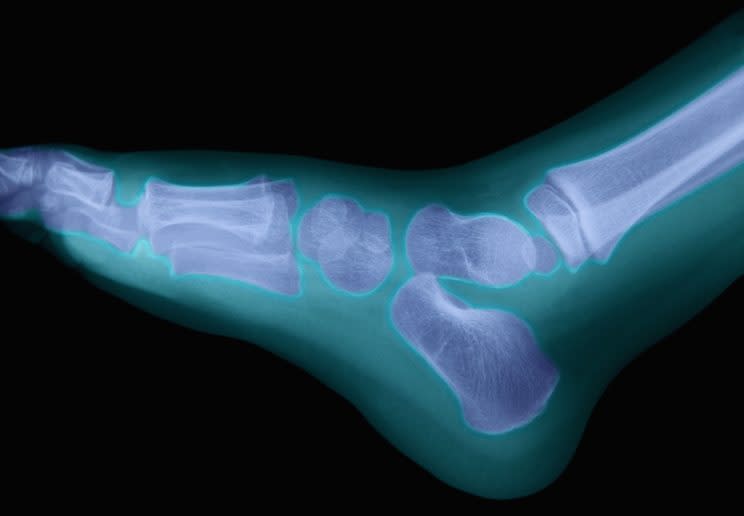Lazy teenagers develop weaker bones, claims new study

The stereotypically lazy teenager who prefers to sit on the sofa playing video games rather than staying active has long been a familiar sight to exasperated parents.
And now a study claims that this kind of inactivity can actually lead to weaker bones.
Experts warn that youngsters need to step away from their screens and stay active to avoid orthopaedic conditions in later life.

Researchers from the University of British Columbia and the Centre for Hip Health and Mobility, at the Vancouver Coastal Health Research Institute measured the physical activity and bone strength of 309 teenagers over a four-year period.
“We found that teens who are less active had weaker bones, and bone strength is critical for preventing fractures,” said Leigh Gabel, lead author and PhD candidate in orthopaedics at UBC.
The research team used high-resolution 3D X-ray images to compare differences in bone strength between those who met the daily recommendation of 60 minutes of physical activity per day and those who got less than 30 minutes a day.
Bone strength is a combination of bone size, density and microarchitecture.
The four-year window – between the ages of 10 to 14 for girls and 12 to 16 for boys – is a vital time when as much as 36 per cent of the human skeleton is formed and bone is particularly responsive to physical activity.
READ MORE: Instagram to start blurring ‘sensitive’ photos before you can see them
READ MORE: Anti-ageing drug ‘could be on the market within three years’, scientists say
The study, which was published in the Journal of Bone and Mineral Research, found that both boys and girls responded in the same way to physical activity.
“The bottom line is that children and youth need to step away from their screens and move to build the foundation for lifelong bone health,” said co-author Heather McKay.

 Yahoo News
Yahoo News 


